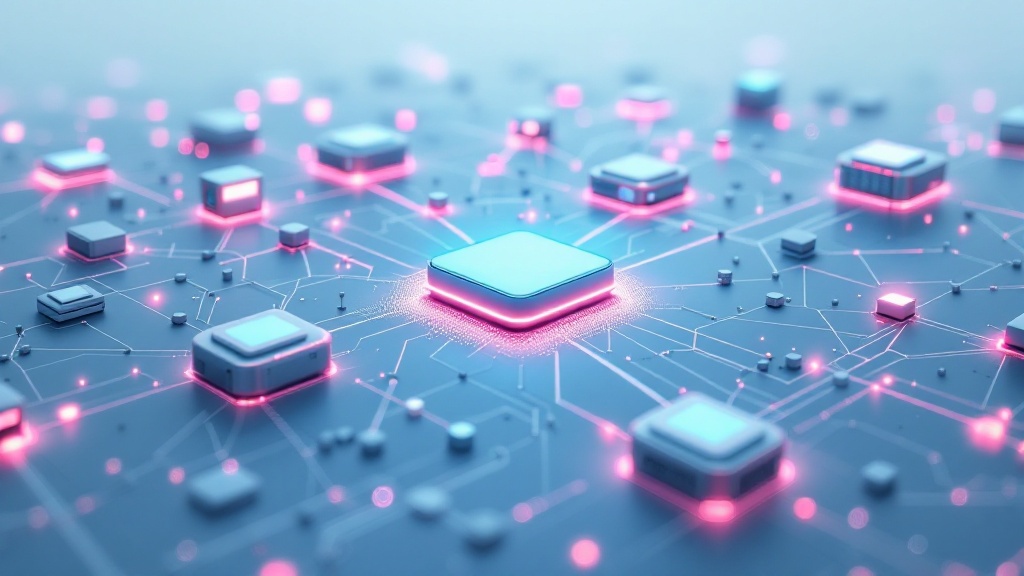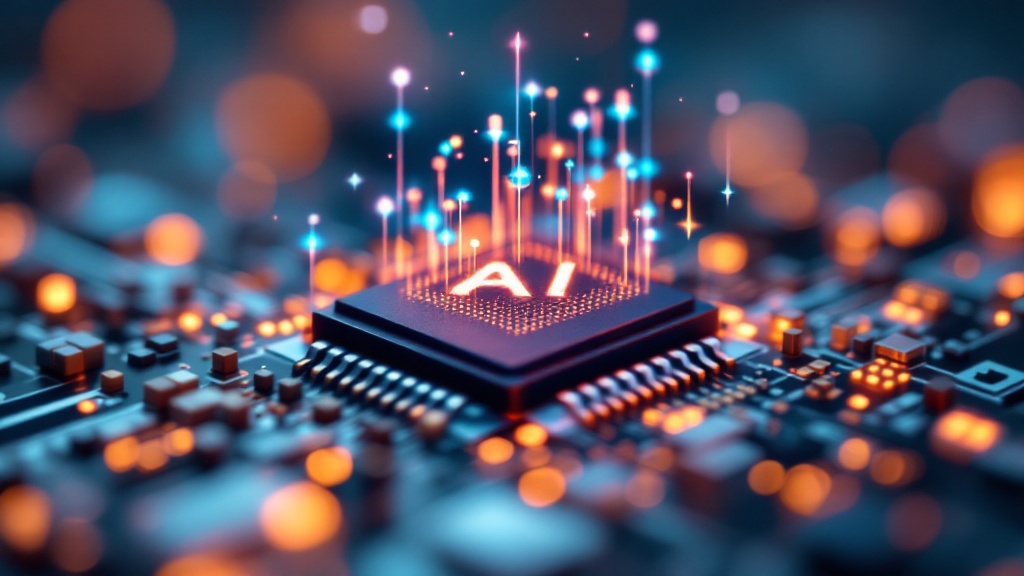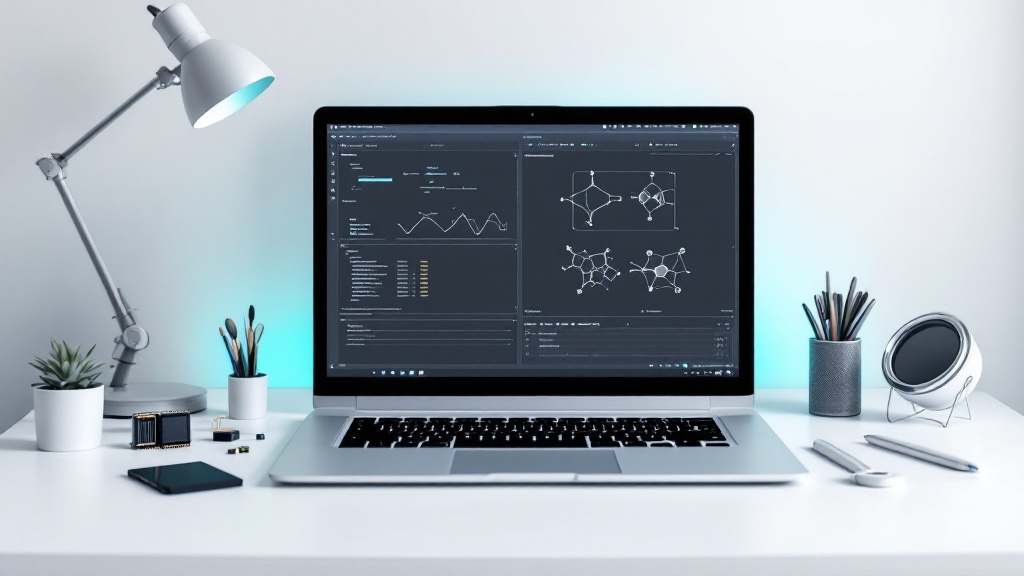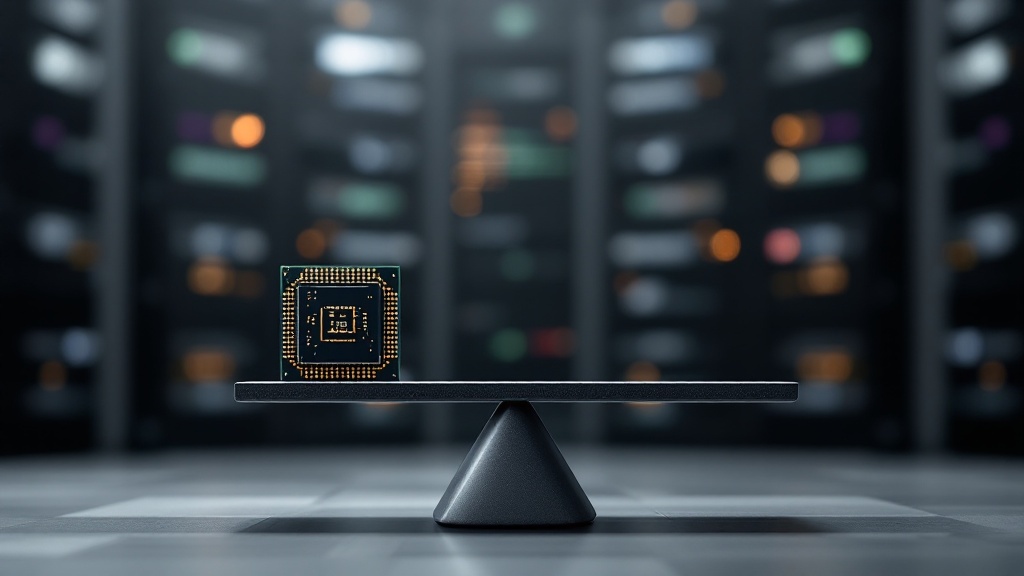Introduction
In an era where devices are becoming smarter and more interconnected, the demand for efficient, real-time data processing has never been higher. As we move toward a world dominated by the Internet of Things (IoT), wearable technologies, and autonomous systems, the ability to process data locally—without relying on constant cloud connectivity—is becoming essential. Enter TinyML—a groundbreaking approach that brings the power of machine learning to ultra-low-power devices.
It’s not just a technological advancement; it’s a revolution that is transforming industries, from healthcare to agriculture, by providing rapid, efficient, and private data processing capabilities, unlocking new levels of innovation and functionality across the board.

Understanding TinyML: What Is It?
TinyML refers to the deployment of machine learning models on microcontrollers and other resource-constrained devices. Unlike traditional ML models that require substantial computational resources and cloud connectivity, TinyML models are optimized to run on devices with limited memory and processing power.
Key Characteristics:
- Low Power Consumption: TinyML models are designed to operate on minimal energy, making them ideal for battery-powered or energy-harvesting devices. This allows for extended device lifespans and minimal maintenance, even in remote or inaccessible locations.
- Real-Time Processing: By enabling immediate data analysis directly on the device, TinyML dramatically reduces latency issues that typically arise from sending data to the cloud and waiting for a response. This is crucial for applications that require split-second decision-making, such as autonomous vehicles or medical monitoring devices.
- Enhanced Privacy: Since data is processed locally on the device, TinyML greatly reduces the need to transmit sensitive information across potentially insecure networks. This not only boosts privacy and data security but also complies more easily with data protection regulations.
This paradigm shift allows for smarter edge devices capable of making decisions without relying on constant cloud communication. The rise of TinyML highlights how edge devices are becoming smarter, a trend explored in Edge AI Bringing Intelligence to the Edge of the Network.

The Technology Behind TinyML
Implementing TinyML involves a combination of hardware and software optimizations to ensure efficient performance on constrained devices.
Hardware Considerations:
- Microcontrollers (MCUs): These are the primary hardware platforms for TinyML, offering a balance between performance and energy efficiency.
- Specialized Accelerators: Hardware components designed to expedite specific ML tasks, such as neural network inference.
Software Techniques:
- Model Quantization: Reduces the precision of model parameters to decrease memory usage and increase inference speed.
- Pruning: Eliminates redundant or less significant parts of the model to streamline computations.
- Efficient Frameworks: Tools like TensorFlow Lite and Edge Impulse facilitate the development and deployment of TinyML models.
These technological advancements make it feasible to run complex ML models on devices previously considered too limited for such tasks. TinyML’s ability to deliver AI capabilities on small devices ties into the broader discussion of AI’s evolving architectures in How Does Large Language Models Work.

Real-World Applications of TinyML
The versatility of TinyML opens doors to numerous applications across various sectors:
Healthcare:
- Wearable Monitors: Devices that track vital signs and detect anomalies in real-time, providing immediate feedback to users and healthcare providers.
- Predictive Diagnostics: Tools that analyze patterns to predict potential health issues before they become critical.
Agriculture:
- Crop Monitoring: Sensors that assess soil moisture, temperature, and other factors to optimize irrigation and fertilization.
- Livestock Tracking: Devices that monitor animal health and behavior, ensuring timely interventions when necessary.
Industrial Automation:
- Predictive Maintenance: Equipment that monitors its own performance to anticipate failures and schedule maintenance proactively.
- Quality Control: Systems that inspect products on the assembly line, identifying defects without human intervention.
Consumer Electronics:
- Smart Home Devices: Gadgets that learn user preferences and adjust settings accordingly, enhancing comfort and energy efficiency.
- Voice Assistants: Devices that process voice commands locally, reducing response times and enhancing privacy.
These applications demonstrate TinyML’s potential to revolutionize how devices interact with their environment and users. Innovations driven by TinyML are transforming industries, similar to the personalized AI advancements described in The Rise of Personalized AI How Custom GPTs Are Shaping Industries.

Challenges and Considerations
While TinyML offers numerous benefits, it also presents specific challenges that need to be addressed:
Limited Resources:
- Memory Constraints: Microcontrollers have limited RAM and storage, necessitating highly optimized models.
- Processing Power: The computational capabilities of edge devices are significantly lower than those of traditional computing systems.
Development Complexity:
- Model Optimization: Creating models that balance accuracy and efficiency requires specialized knowledge and tools.
- Deployment: Ensuring that models perform reliably across various devices and conditions can be challenging.
Security and Privacy:
- Data Protection: While local processing enhances privacy, securing the device itself against physical and cyber threats is crucial.
- Model Integrity: Safeguarding the model from tampering or reverse engineering is essential to maintain trust and functionality.
Addressing these challenges is vital for the widespread adoption and success of TinyML solutions. The impact of TinyML on practical applications echoes the improvements in user experience found in Enhancing User Experience with AI-Powered Chatbots.

The Future of TinyML
The trajectory of TinyML points toward a future where intelligent, autonomous devices are commonplace.
Emerging Trends:
- Energy Harvesting: Developing devices that can power themselves through environmental energy sources, reducing reliance on batteries.
- Neuromorphic Computing: Emulating the human brain’s neural structure to create more efficient and adaptable ML models.
- Standardization: Establishing common protocols and frameworks to streamline development and ensure interoperability.
As research and development continue, TinyML is poised to become a cornerstone of the Internet of Things (IoT), enabling smarter, more responsive environments. To understand the potential of AI at the edge, including TinyML devices, check out AI is Becoming More Context-Aware and Emotionally Intelligent.

Conclusion
TinyML represents a significant leap forward in bringing machine learning capabilities to the edge. From healthcare and agriculture to consumer electronics and industrial automation, TinyML is reshaping how devices interact with the world around them. Although challenges such as limited memory, development complexity, and security concerns remain, the steady pace of innovation in both hardware and software solutions is helping to bridge these gaps.
As we move toward a more connected and intelligent future, TinyML stands out as a key enabler of this transformation. The technology’s ability to empower small, energy-efficient devices with powerful AI capabilities will drive the next generation of smart applications, making AI more accessible and impactful than ever before.

Leave a Reply